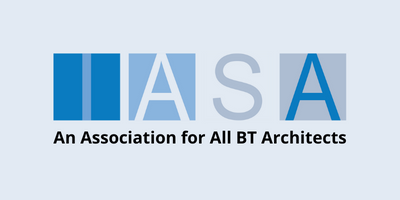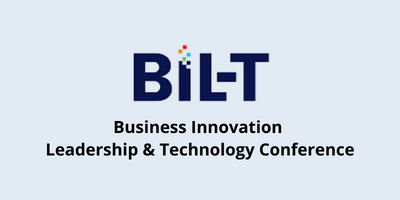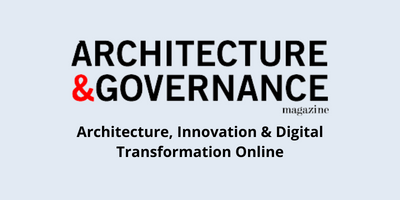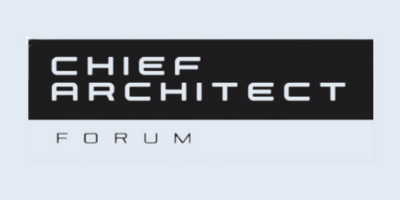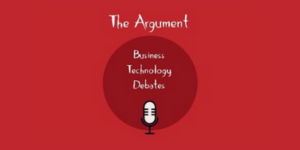by Brice Ominski As IT and business evolves towards digital transformation, each individual stakeholder that is part of that organization also needs to evolve along with it by adjusting his/her mindset to keep pace with the changes. The root cause of many of the failures that have been blamed on IT architecture are often rooted in a failure to communicate. To evolve and digitally transform both business and IT technology, stakeholders need to work from a shared and common business reality. Four levels of maturity[3] are outlined below and expressed as an evolution towards digital transformation. Each level describes a unique mindset. The stakeholders at each level need to adopt that enterprise to be successful. As the needs of the organization change, so does to the mindset of the stakeholders. Context: In this situation, the Business Silos organization is evolving into “Standardized Technology”. The enterprise and IT have established technology standards. However, the lack of a shared understanding around how business valuation has now moved more towards a centralized focus of cost optimization and cost reductions may not be shared by everyone. What the IT Architect Can Do: Symptoms: IT architects and business stakeholders understand common use of technology across the organization. Unfortunately, the discussion around departmental requirements has remained very solution oriented with IT being viewed strictly as a platform to deliver business capability. This evolution moves the dialog not only around the business unit technology, process and data but also around organizational choices. Enterprise wide business valuation becomes more important with an emphasis on using technology as an enabler to improve business capability. Process, data and organizational change are just a part of the dialog now along with technology. What the IT architect can do: The resulting symptoms of a mindset difference between the IT architects, the CIO, IT and the business stakeholders can often fragment as the growth of an individual stakeholder may not keep pace with the evolution of the organization. The IT architect needs to recognize that each person may be coming from a different mindset and work to communicate a common business reality to all stakeholders that is appropriate for that enterprise’s level of maturity. To make this happen the IT architecture team needs to both build on its competencies and educate all stakeholders across the organization. As the organization matures the IT Architect will need to mature to build a more proactive mindset and through a leadership stance address the concerns for the appropriate level of maturity. [1] See Brice Ominski and Scott Greenlay for an article that describes the evolving role of the CIO: from soldier, captain to general. The general is the most effective leader and builds true business service excellence in the enterprise. http://www.mnp.ca/en/posts/taking-charge-as-a-general-cio-to-lead-your-enterprise-in-the-digital-economy16
Overview
To achieve true digital transformation for any organization, the IT architecture team works proactively alongside the executive leadership and business stakeholders. This approach leverages both business and technical leadership, to allow the organization’s understanding of business and information technology to evolve.
We’ve seen numerous articles pointing out how IT architecture frameworks have failed to meet expectations. In many organizations, the root cause of this perceived failure is a disconnect between people at the nexus of business and technology. IT architects need to deliver value by being proactive and leading dialog with business stakeholders – the effective IT architect is a leader and courtesan that delivers value
To understand how IT Architecture can fulfill the vision of true business value, we consider three important elements. First, we examine how the organization’s maturity outpacing individuals can lead to confusion among stakeholders. Next, we can describe the business and IT views that accompanies each level of increasing maturity. As the organization evolves some stakeholders’ mindsets may not keep pace. Finally, we describe how the IT architect’s relationship centered approach builds a shared understanding; a common business reality that enables digital transformation.
Organizational Maturity and IT
1. “Business Silos” are the entry level in terms of IT maturity. IT architects at this level are viewed as order takers. Here the architect will typically only present solutions on request. At this level of maturity, the business units’ value solutions in terms of TCO and ROI (possibly risk adjusted) with a business unit oriented view. There are no organization wide measures of value or success yet[4].
2. “Standardized Technology” is the next level of maturity where the organization begins to realize the benefits that accompany organizational cost reduction and technology optimization. Technology policy alongside overall business driven IT policies are established. While the business units still value basic measures of value there is a question of fit how the business direction fits with the technology roadmap. Overall cost reductions and optimization dialogs between IT and business become increasingly important to build a technology platform that supports the continued and optimized evolution of the business capabilities. At this level of maturity, the IT architect needs to be more proactive as he/she works with business units as a leader.
3. “Optimized Business Core” extends the idea of an optimized central view on process, data and technology. Overall, technology process optimization and consolidation become more a focal point for business and IT dialog. Speed to market and strategic value become also begin to move to center stage as strategic benefits are factored into the enterprise’s overall value equation. The IT architect needs to be even more proactive and lead the business units to promote the adoption of an enterprise mind-set for business value and what that value means as technology supports the adoption of new capabilities.
4. “Digital Transformation”[5] emphasizes digital solutions, leverages business service modularity to provide true strategic agility on the organization’s technology platform as well as leverages other technologies like the cloud, and social media to transform customer, competition, data, innovation and value. Only a small percentage of organizations have achieved this level. At this level, business and IT is completely shared where IT architects and business stakeholders view the business value of IT in more terms of innovation and strategic agility.
Disconnected and fragmented views on business objectives also confuses the individual stakeholder. Each person may not understand how they can provide value to the enterprise. An organization, department or group of capabilities may evolve at one rate while the stakeholders evolve at a different pace. Let’s examine a few common disconnects, the symptoms and some suggestions to get everyone sharing the same business reality.
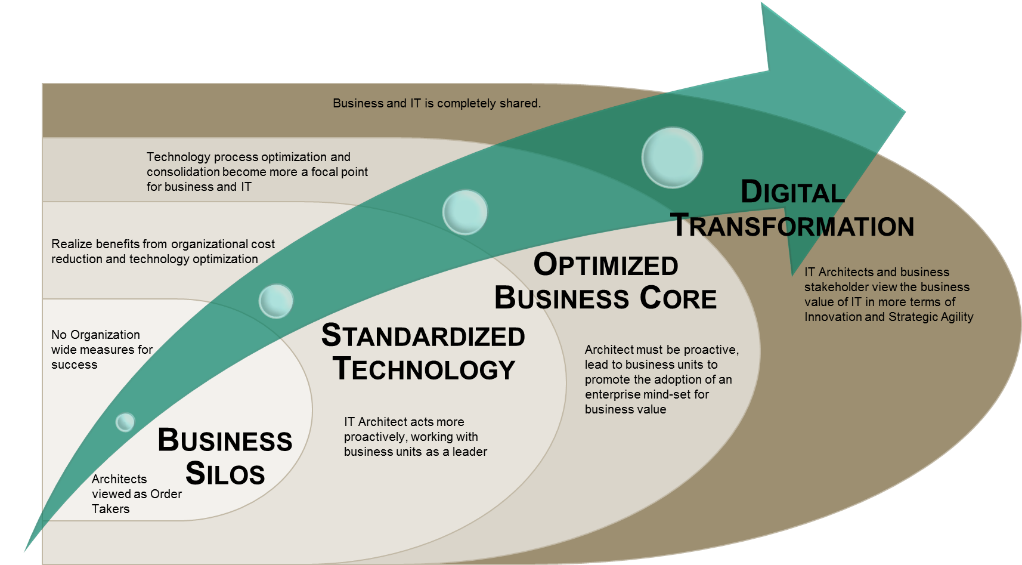
Short Guide to Fragmented Business Realities
Business Silo / Technology Standardization Split Reality
Symptoms: IT architects present solutions to stakeholders but fail to address issues around common technology platform.
Business stakeholders often get blindsided as the core technology choices evolve or change.
“Standardized Technology” / “Optimized Business Core” Split Reality
Unfortunately, some business stakeholders may be locked on to a fixed technology mindset and refuse to make changes outside of that. Business stakeholders often provide business requirements that they simply expect the IT architect to use to build a solution without consideration of the technology. The problem is that the architect may unknowingly accept a role as an order taker and fail to identify and deal with key technology issues that involve an understanding of the technology landscape and the organization’s technology road map.
Summary
References:
[2] This can also speak to much finer granularity. An organization, department or even set of capabilities can mature faster than the stakeholders can adapt. Without conscious guidance, the stakeholder communications often becomes ineffective.
[3] The maturity levels here have been adopted to reflect today’s mindsets … from Enterprise Architecture, Creating a Foundation for Business Execution, by Jeanne w. Ross, Peter Weill, and David C. Robertson. 2006. Harvard Business School Press, Boston, Massachusetts.
[4] Smaller organizations that are not silo-ed may find that they can avoid this level in the classic sense. Instead, individual programs may become the individual silos. In larger organizations, business unit and program silos can both be present. At the entry level silos present themselves as obstacles to an organization wide approach to business valuation. Silos are however an important evolutionary step because they drive out the idea of solution architecture.
[5] This was referred to as “Business Modularity” in Enterprise Architecture, Creating a Foundation for Business Execution, by Jeanne W. Ross, Peter Weill, and David C. Robertson. 2006. Harvard Business School Press, Boston, Massachusetts.
Join Brice Ominski for his eSummit presentation on 11/16 https://itabok.iasaglobal.org/november-2016-esummit/
Originally posted on Brice Ominski’s Linkedin: https://www.linkedin.com/pulse/business-architecture-leaders-deliver-service-brice-ominski?trk=prof-post
[1]. One implication of a relationship and solution oriented approach is that the IT architect needs to emphasize relationships more than documentation and IT architecture artifact creation. This disconnect between people can develop as the organization[2] matures. This disconnect between IT and business stakeholder mindsets has been the root cause of many perceived failures of IT architecture. If the business and IT stakeholder’s business and organizational views don’t align there is a lot of confusion that results because the underlying terminology used may not align either. The communication style of the successful IT architect provides the leadership and dialog that will bridge these gaps in communication to keep pace with the organization’s evolution.

